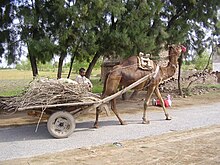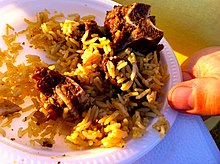Jackal
Although the word jackal has often been used historically to
refer to many small- to medium-sized species of
 Jackals and coyotes (sometimes called the "American
jackal" are opportunistic omnivores, predators of small- to medium-sized animals and
proficient sacavngers.
Their long legs and curved canine teeth are
adapted for hunting small mammals,
birds, and reptliles, and their large feet and fused leg
bones give them a physique well-suited for long-distance running, capable of
maintaining speeds of 16 km/h (9.9 mph) for extended periods of time.
Jackals are crepuscular, most active at dawn and dus
Jackals and coyotes (sometimes called the "American
jackal" are opportunistic omnivores, predators of small- to medium-sized animals and
proficient sacavngers.
Their long legs and curved canine teeth are
adapted for hunting small mammals,
birds, and reptliles, and their large feet and fused leg
bones give them a physique well-suited for long-distance running, capable of
maintaining speeds of 16 km/h (9.9 mph) for extended periods of time.
Jackals are crepuscular, most active at dawn and dusInterbreeding with dogs
Experiments in Germany
jackal
jackal
jackal





